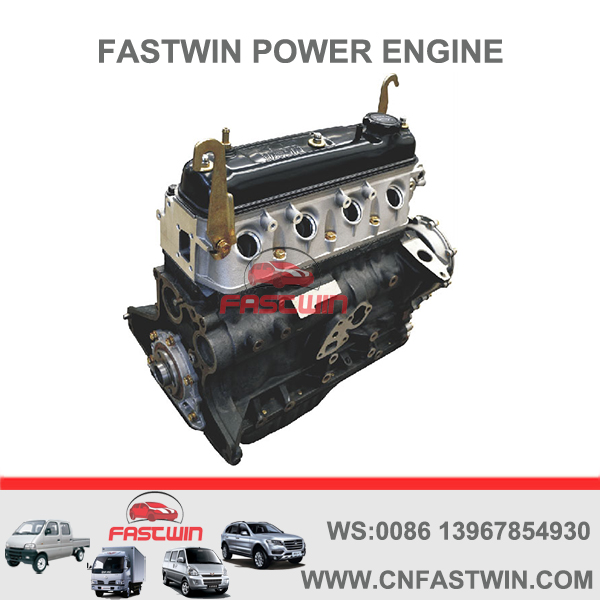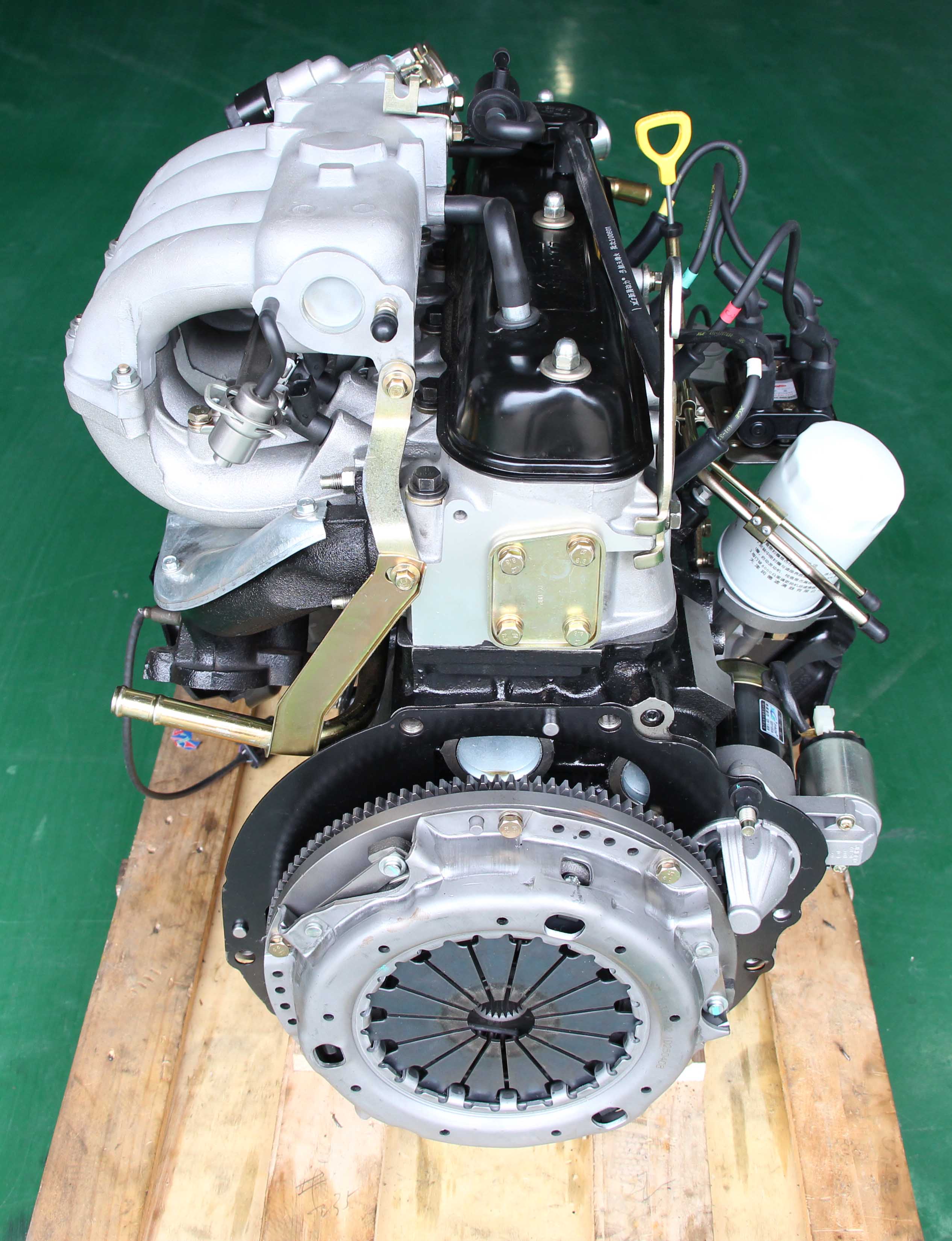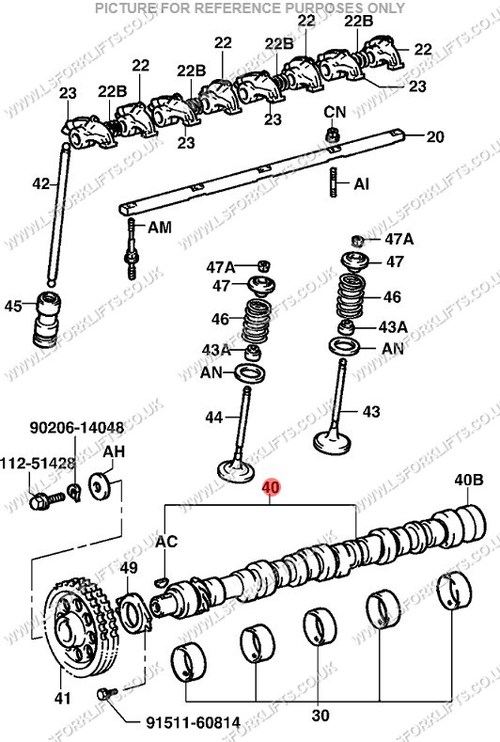Why the Engine Is the most effective Choice for Efficiency and Efficiency in Your Vehicle
The engine continues to be an essential element in automotive style, primarily because of its significant influence on both performance and performance. As improvements in innovation allow smaller sized engines to deliver amazing power while enhancing gas economic climate, the integration of functions such as turbocharging and crossbreed systems becomes progressively crucial. These technologies not just improve driving experience but likewise address ecological worries. The concern emerges: just how do these elements coalesce to redefine our understanding of automobile performance? Exploring this equilibrium exposes much deeper insights into the future of engine layout.
Recognizing Engine Kind
Recognizing the numerous kinds of engines is vital for enhancing performance and efficiency in automotive design. The primary engine kinds consist of internal combustion engines (ICE), electrical engines, and crossbreed systems, each offering distinctive benefits and constraints.
Internal combustion engines, which can be more classified into gasoline and diesel variants, depend on the combustion of gas to produce power. Gas engines normally supply higher RPMs and better acceleration, while diesel engines are recognized for their torque and gas effectiveness, making them suitable for durable applications.
Electric engines, on the other hand, use electric motors powered by batteries or gas cells. They use instant torque delivery, causing smooth acceleration and reduced discharges. The efficiency of electrical engines is considerably higher than that of ICEs, making them a preferred selection for eco-conscious consumers.
Crossbreed systems integrate both inner combustion and electric engines, leveraging the toughness of both technologies. They optimize gas intake by making use of electrical power at lower speeds and changing to gas or diesel for higher speeds or much heavier tons.
Choosing the ideal engine type is necessary for accomplishing preferred performance metrics and environmental sustainability in modern-day automobile design.
The Effect of Engine Size
Engine dimension often plays a crucial role in determining a car's efficiency and efficiency. Normally measured in liters or cubic centimeters, engine dimension straight influences the power outcome and torque qualities of a car. Bigger engines typically create even more horse power, enabling greater velocity and higher top rates. This is specifically advantageous in applications needing robust efficiency, such as sports automobiles and sturdy vehicles.
Nevertheless, boosted engine dimension frequently correlates with decreased fuel effectiveness. Bigger engines consume more fuel, leading to higher emissions and operational expenses. Consequently, producers need to balance the demand for power with the requirement for fuel economic climate. Smaller engines can deliver sufficient performance for everyday driving while advertising far better efficiency, making them a preferred option in small and mid-size vehicles.
In addition, improvements in engine design, such as turbocharging and straight fuel injection, permit smaller engines to achieve power degrees comparable to their larger counterparts. This fad emphasizes the importance of not only focusing on engine size but additionally taking into consideration total vehicle layout and innovation (4y engine). Inevitably, the impact of engine dimension on performance and performance highlights the demand for consumers to analyze their certain driving choices and demands when choosing a lorry
Advanced Engine Technologies
Technologies in engine innovations have actually significantly reshaped the landscape of vehicle efficiency and efficiency, building upon the foundational ideas developed by engine dimension. Notably, developments such as turbocharging and straight gas shot have actually enabled smaller engines to provide power levels formerly connected with bigger equivalents. Turbochargers compress air going into the engine, enabling boosted power result without a corresponding boost in engine size, while straight shot maximizes fuel shipment, enhancing combustion performance.
Additionally, variable shutoff timing systems have actually become a vital modern technology, permitting engines to change valve operation based on driving conditions. This adaptability improves both performance during velocity and fuel performance throughout travelling. Hybrid and electric engine modern technologies additionally show the shift in automobile style, integrating conventional internal additional info combustion engines with electrical motors to maximize efficiency while decreasing emissions.
Additionally, developments in materials science have actually brought about lighter, more resilient engine elements, better boosting efficiency and long life. The integration of advanced electronics and engine control systems additionally enables real-time modifications, guaranteeing optimal efficiency across various problems. Collectively, these sophisticated engine modern technologies not only boost car performance yet likewise add to an extra sustainable auto future, demonstrating the recurring evolution of engine layout.
Balancing Power and Performance
Striking a balance in between power and efficiency is critical in contemporary automobile layout as makers seek to satisfy increasingly rigid emissions guidelines while pleasing consumer need for performance (4y engine). The difficulty hinges on enhancing engine characteristics to provide durable power outcome without sacrificing fuel economic climate
To accomplish this equilibrium, designers utilize different strategies, such as turbocharging, which improves engine power by forcing in even more air, enabling for a smaller sized engine variation that improves fuel performance. Variable shutoff timing innovations likewise play a substantial duty, enabling engines to change their efficiency features based on driving problems, consequently boosting both power and efficiency.
Additionally, innovations in materials and manufacturing methods have actually caused lighter engine parts, which lower overall vehicle weight and improve fuel effectiveness without compromising power. Crossbreed modern technologies have actually also become a viable service, integrating conventional internal burning engines with electrical powertrains to give an increase in efficiency while preserving lower discharges.

Future Fads in Engine Layout

Additionally, the development of advanced materials, such as light-weight composites and high-strength alloys, is set to change engine elements. These products not only minimize weight yet additionally improve thermal effectiveness, thereby enhancing efficiency. Additionally, makers are exploring variable compression ratios, permitting engines to adjust to different driving conditions, improving both power result and fuel economic official website situation.
Further, the increase of expert system and maker knowing in engine layout is enabling predictive maintenance and real-time efficiency optimization. This modern technology can result in engines that self-adjust for maximum performance based on driving patterns.

Verdict
In conclusion, the engine offers as a critical part in achieving optimum efficiency and efficiency in modern-day vehicles. The interaction in between engine dimension and style continues to progress, driving advancements that balance electrifying efficiency with ecological sustainability.
In addition, advancements in engine layout, such as turbocharging and direct fuel injection, enable smaller engines to accomplish power degrees comparable to their larger equivalents.Technologies in engine innovations have actually considerably reshaped the landscape of automotive efficiency and efficiency, building upon the foundational principles established by engine dimension. Turbochargers compress air going into the engine, permitting for raised power output without an equivalent rise in engine dimension, while direct shot enhances fuel distribution, boosting combustion effectiveness.
Crossbreed and electrical engine modern technologies even more highlight the shift in auto design, combining conventional interior combustion engines with electric motors to optimize performance while decreasing discharges.
Collectively, these innovative engine technologies not only enhance lorry performance however also add to a much more lasting vehicle future, showing the ongoing development of engine design. (4y engine)